Red meat means the meat of beef, pork, and lamb. They are two types of red meats, processed and unprocessed.
Processed red meat is preserved with sodium or other additives: a few examples are sausage and hot dogs.
Red meat is a controversial topic and there are many different opinions on whether or not it is good for you. But, when you look at the research, red meat has some benefits when you take it in moderate amounts.
Why is red meat considered unhealthy?
Red meat has more saturated fat than skinless chicken, fish, and plant proteins. Saturated fat is considered bad for the heart. saturated fat increases blood cholesterol and triglycerides.
Red meat is not the healthiest food to eat. It is high in fat and cholesterol
Red meat is considered unhealthy because it has been linked to cardiovascular disease, colon cancer, and type 2 diabetes.
However, Saturated fat has recently been shown to have minimal effect on heart diseases. So, The effects of meat consumption on heart disease risk appear beyond the concept of saturated fat. Processed red meat raises the incidence of heart attacks, brain stroke, and diabetes. Raw red meat or unprocessed red meat generally has less of an impact on heart diseases. Because the average total fat content of unprocessed and processed meats is equal, preservatives are the real culprits. For instance, processed meats have a 400 percent higher salt level than fresh meat.
The evidence says total saturated fat impacts heart disease and diabetes relatively little. The degree of processing may be more important than whether the meat is lean or not.
What meat and how much to eat after angioplasty?
Even though red meat is considered unhealthy, it also contains a number of essential vitamins and minerals. Red meat also contains heme iron which can be absorbed more easily than other types of iron. This helps improve hemoglobin in the blood.
Red meat provides an important source of protein. It is also an important source of vitamin B12, zinc, and selenium.
So it is not completely advisable to stop eating red meat if you have heart disease or a stent in the heart.
If you like having red meat, unprocessed red meats are a better choice than processed meats. Processed meats should be avoided to prevent future heart problems.
We only advise you to take unprocessed meats only in moderation for heart patients after a heart attack. Have red meat in no more than three portions per week. This is equivalent to about 350 to 500g of cooked weight per week.
Cooking Tips for People Who Like Red Meat
- For people who eat red meat, choose those that are lean and unprocessed.
- Reduce intake of processed meats such as deli slices, bacon, ham, salami, sausages, hot dogs, and jerky.
- Choose cuts of red meat that have the slightest amount of visible fat.
- Choose low-fat cuts
- Flavor red meat only with salt-free spices, herbs, garlic, and onion.
- Avoid excess oil use with red meat.
- When cooking red meat, cut off visible fat.
- It is advisable to pour off the melted fat after cooking.
- Baking, broiling, stewing, and roasting are healthier methods of cooking red meat. Deep frying is the worst method.
- You often choose healthy proteins from plant sources and fish over red meat.
With so many conflicting studies out there, it can be hard to figure out what is true and what isn’t. But, when you look at the recent research on red meat, it has a neutral effect even in patients with heart diseases or stent
The American Heart Association recommends eating no more than 18 ounces per week of red meat to reduce the risk for heart disease among angioplasty patients. We should stick to this amount to avoid unwanted side effects. If you want to have meat, fish is considered better as it has multiple benefits for heart patients.
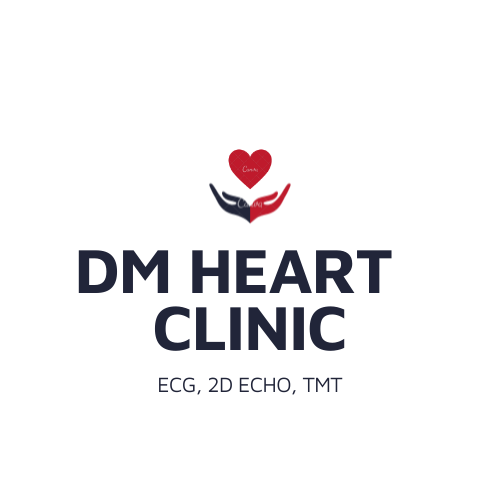
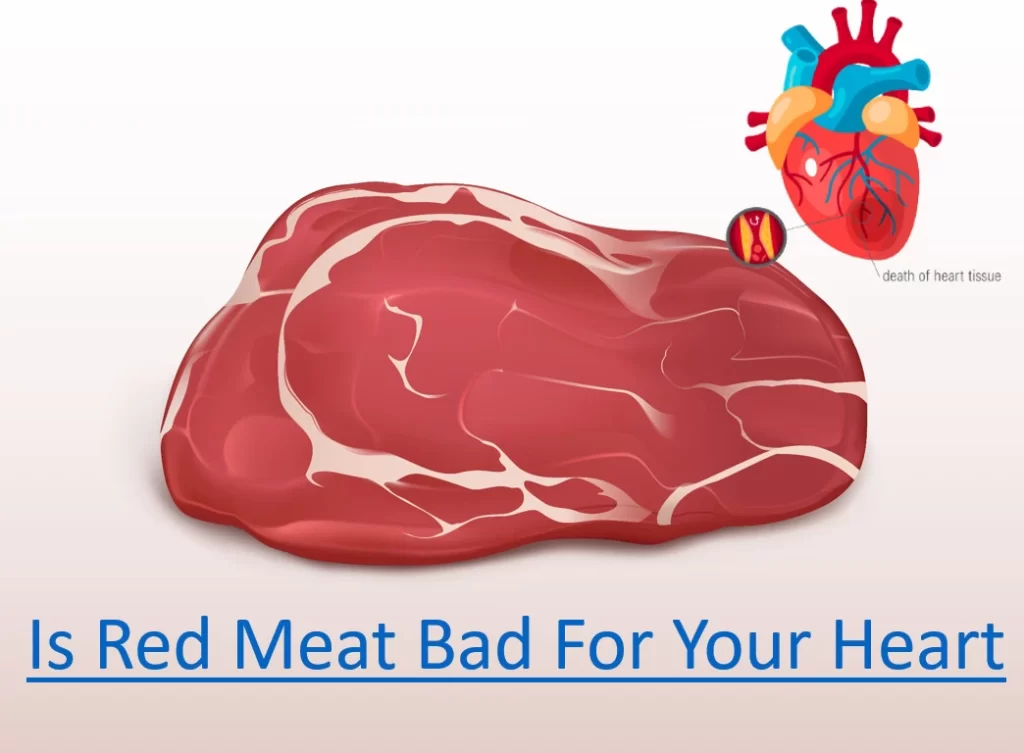

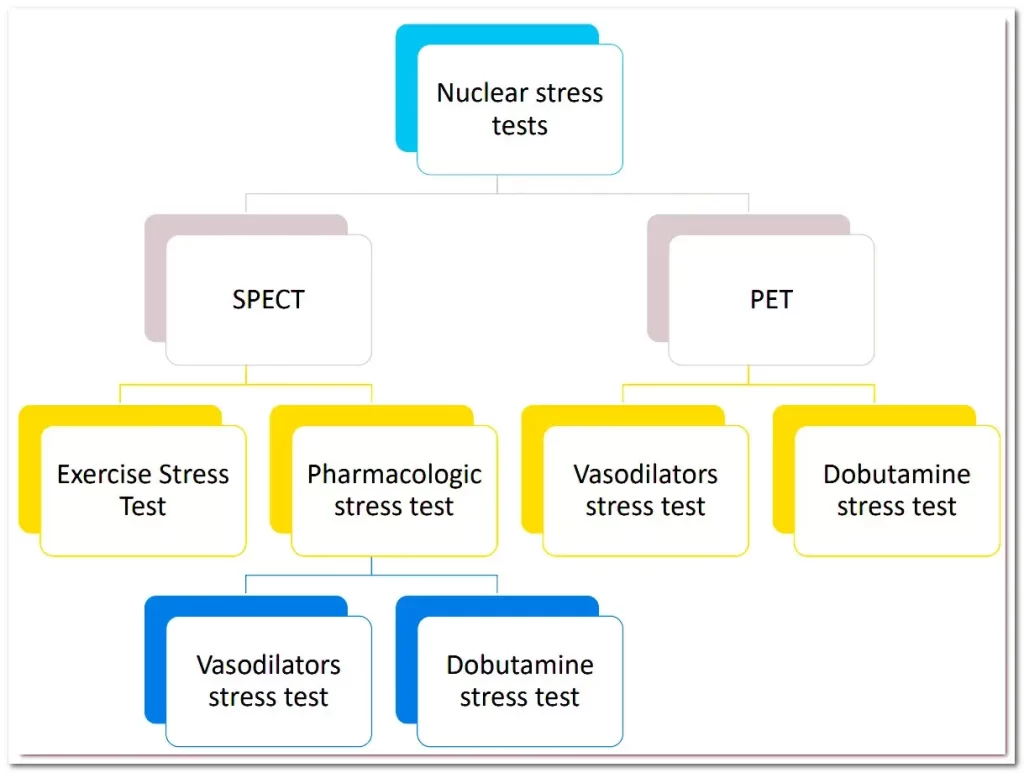
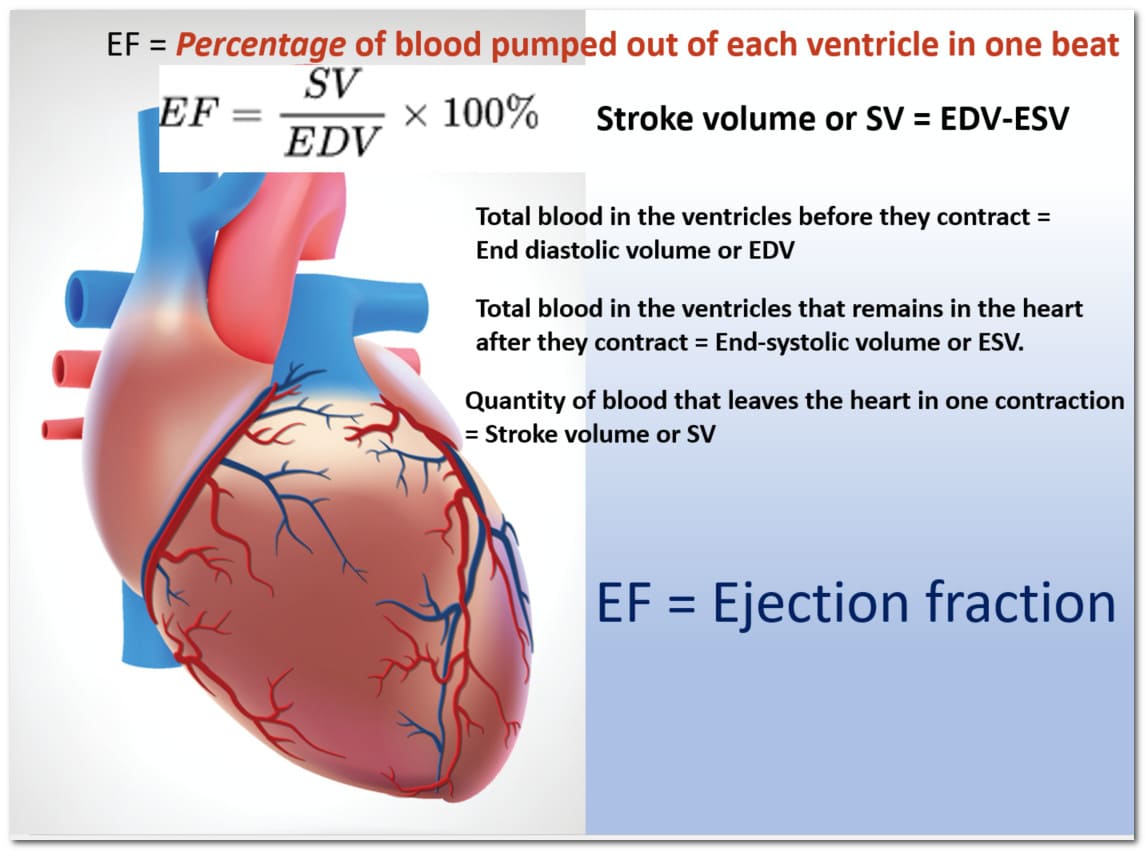
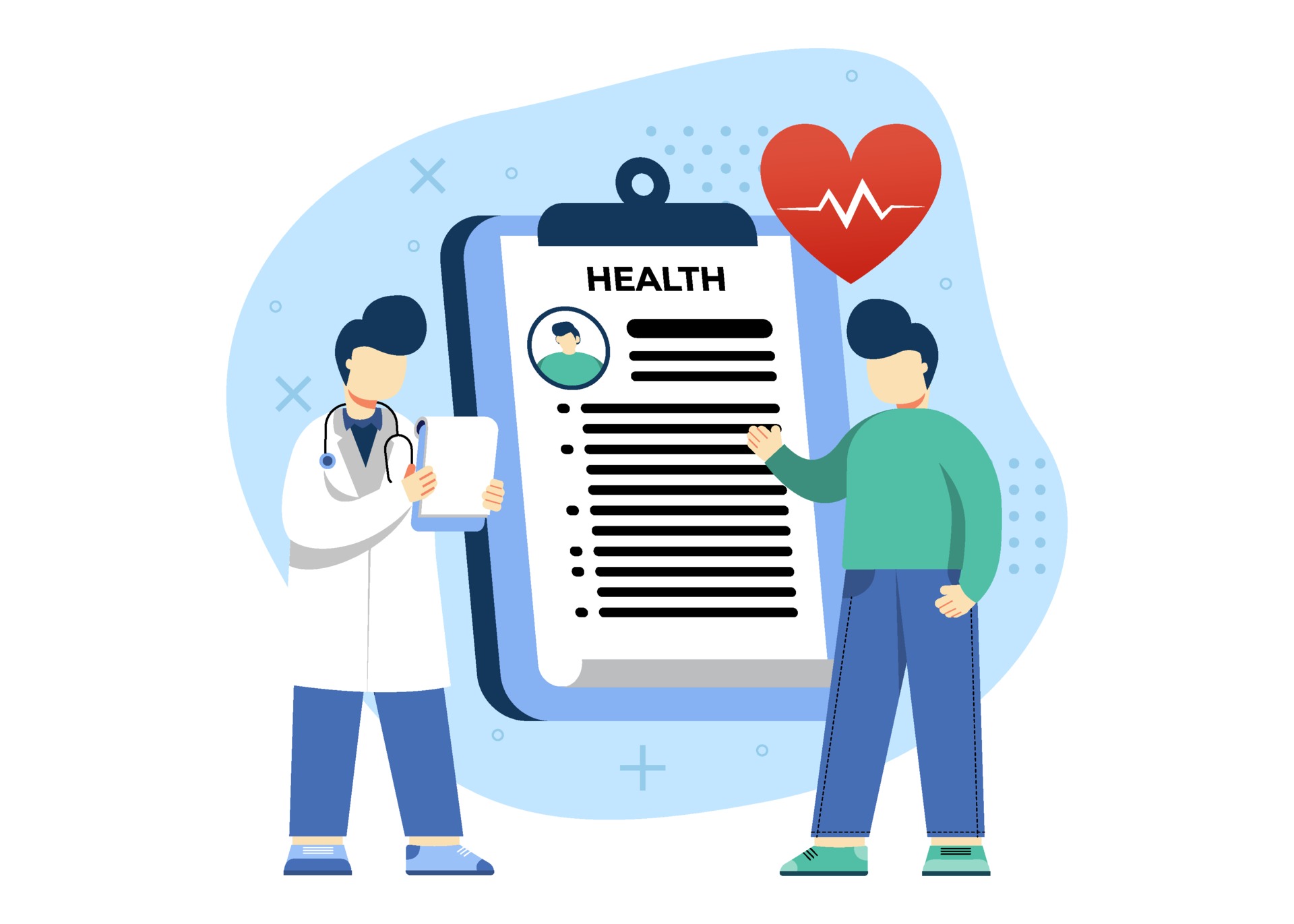






Pingback: 10 reasons to take fish in heart patients - DM HEART CARE CLINIC
Pingback: Iron rich foods list in telugu - DM HEART CARE CLINIC